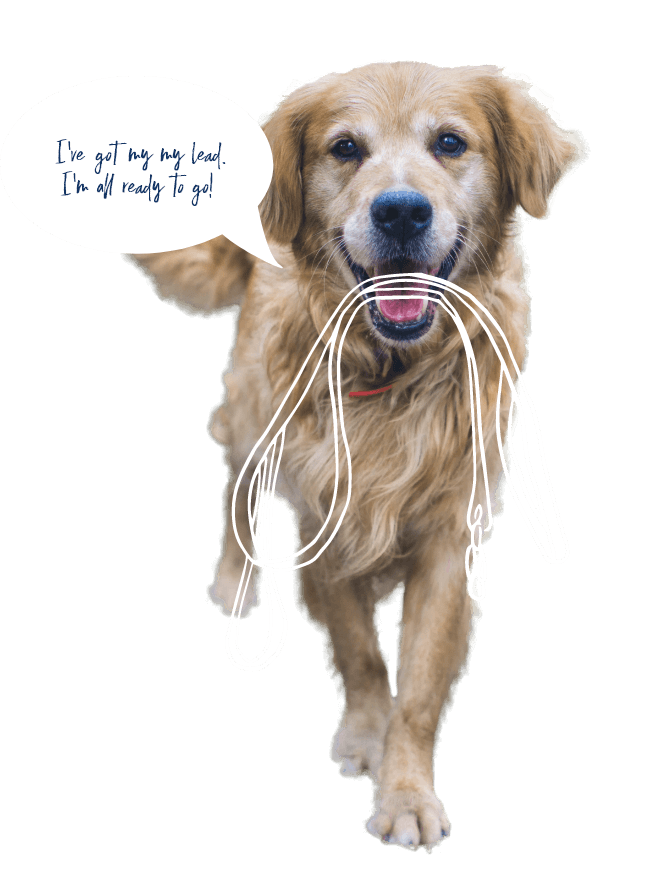As a busy pet parent, finding the time to give your dog the exercise and mental stimulation they need can be challenging. However, with some smart strategies and creative solutions, you can effectively manage dog walking even with a busy lifestyle. In this article, we’ll explore dog walking hacks that will help you keep your furry friend happy, healthy, and engaged, even when you’re pressed for time.
How do you exercise your dog when you don’t have time?
When time is limited, it’s essential to find alternative ways to keep your dog physically active. Consider the following hacks:
- Enlist the help of a professional dog walker that doesn’t just run your dog raggard! For some dogs, this will mean 1-1 training walks, ensuring that your dog gets the exercise and mental stimulation as well work on some much needed recall and loose lead walking, even when you can’t be there.
- Make use of interactive toys: Puzzle toys, treat-dispensing toys, and automatic ball launchers can keep your dog engaged and active, providing mental stimulation and physical exercise. Check out our shop for great interactive toy ideas.
- Utilise indoor games: Play hide-and-seek or set up an indoor obstacle course using furniture to keep your dog entertained and active during those hectic days.
How do you keep your dog busy when you’re not home?
When you’re away, it’s important to keep your dog mentally stimulated and prevent boredom. Try these strategies:
- Provide interactive toys: Fill puzzle toys with treats or food to keep your dog engaged and occupied while you’re not home.
- Use treat-dispensing cameras: Invest in a treat-dispensing camera that allows you to remotely interact with your dog, dispensing treats and keeping an eye on them throughout the day.
- Consider dog-sitting or canine adventure services: If your schedule doesn’t allow for regular walks, enrolling your dog in a canine adventure where they get to get out for 4 hours a day and explore nature - hiking, running, swimming can be a great day out for your dog. For younger or older dogs, or larger breeds that can’t go out as long, a trusted dog sitter can provide them with socialisation and exercise opportunities.
How do I deal with my dog pulling on walks?
Dealing with a dog that pulls on walks can be frustrating. Try these tips to improve your walking experience:
- Practice loose leash walking: Teach your dog to walk by your side without pulling using positive reinforcement techniques. Consider enrolling in dog training class or seeking guidance from a professional dog trainer like Pet Professor.
- Use no-pull harnesses or front clip harness or even consider head halters*: These tools can provide better control and discourage pulling behaviour.
- Incorporate mental stimulation: Engage your dog’s mind by incorporating obedience commands, scent work, or agility exercises during walks. This can help redirect their focus and reduce pulling tendencies.
*Head halters can be great for some dogs, but you have to know the dog and how they pull - are they just trying to forge ahead every walk, or are they explosive in their reactions to dogs or people on walks? A halter may not be the best fit for the later.
Do you take your dog for a walk every day?
Yes, it is generally recommended to walk your dog every day to fulfill their exercise and mental stimulation needs. However, the duration and intensity of the walk may vary depending on your dog’s breed, age, and health. Some dogs may require more frequent or longer walks, while others may do well with shorter, more intense activities. Consulting with your veterinarian can help determine the appropriate exercise routine for your specific dog.
